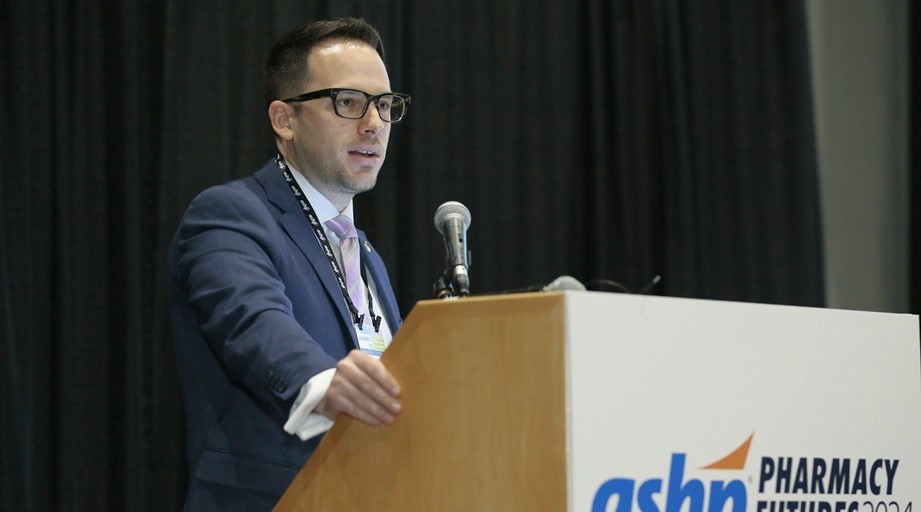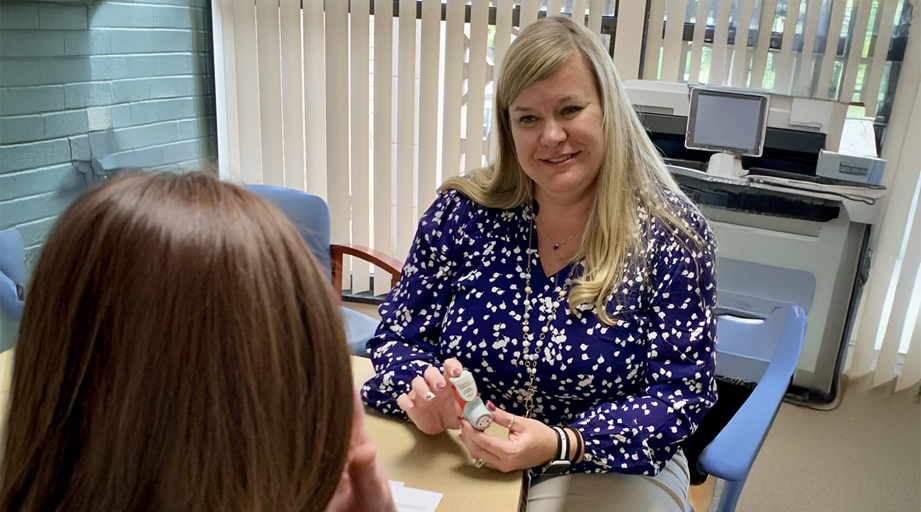
With the right strategies, pharmacists can help their organizations reap the benefits of biosimilars while also reining in healthcare costs, says Jorge García, assistant vice president of oncology, infusion, and investigational drug pharmacy services at Baptist Health South Florida.
García, who led a June 10 session on biosimilars at ASHP Pharmacy Futures 2024 in Portland, Oregon, said biological products have revolutionized the treatment of cancer and other serious health conditions. But he said the high cost of biologics can make them unsustainable for healthcare organizations and financially toxic to patients.
- In U.S. oncology practice, García said, biologics account for 2% of prescriptions but about half of overall drug spending.
- García noted that the median monthly cost of new cancer therapies, including biologics, surpassed the median monthly household income in 2000 and more than doubled by 2014, which translates to higher overall U.S. healthcare costs.
Enter biosimilars
Biosimilars were conceived as less-costly versions of brand-name biologics. According to the Food and Drug Administration (FDA) biosimilars dashboard, the agency has approved 50 biosimilar products since 2015. And more are coming; nearly 100 products are enrolled in the agency’s fee-based product development program for biosimilars, which was created to help streamline the product review process.
Nevertheless, García said, uptake of biosimilars in the United States has been slower than elsewhere in the world — partly because of how FDA regulates these products.
- All FDA-approved biosimilars are deemed safe and effective relative to the innovator product. But biosimilars that FDA classifies as “interchangeable” have met additional requirements and, as with generic drugs, they can be substituted for the innovator product without consulting a prescriber, according to FDA.
- García said the regulatory concept of interchangeability creates confusion for prescribers and patients and also complicates decisions by manufactures about whether and how to develop their biosimilar products.
- “The United States is the only country that has this separate classification,” García noted.
- Biosimilar choices are also driven by coverage decisions made by payers and pharmacy benefit management companies, he said.
Why do we really use biosimilars?
García said that because biosimilars are safe and effective, uptake of these products is all about economic gains rather than clinical considerations.
- In value-based care models, García said, biosimilars perform “very, very well” both economically and in terms of clinical outcomes. He said it’s a “no-brainer” to always use a biosimilar instead of a costlier version of the product in situations that don’t require a prescriber to authorize the switch.
- When payer policies influence biosimilar selection, healthcare providers can adjust their medication use process to ensure each patient’s treatment is covered. Getting this right, he said, requires exceptional communication within the healthcare organization and with external entities.
García said his organization implemented an ordering model for biosimilars that designated the facility-preferred product but ensured the payer’s preferred product, if different, would be processed instead. The goal, he said, was to prevent initial coverage denials.
“When we started doing this, we had a handful of products,” he said. Now, he said, “this is what we do all day long.”
He added that managing these orders is becoming a core function for the pharmacy, and he’s been able to hire new staff to take on this task.
Guidance from the dashboard
García said it’s essential for healthcare organizations to regularly examine trends that influence biosimilar use. To do this, his institution created a biosimilars dashboard for Medicare and commercial plans. The dashboard tracks pricing, manufacturing contract discounts, J-codes, billing units, average sale price, payment rates, and other critical data.
- The dashboard keeps the organization abreast of price trends and margins for specific biosimilars, market share over time, and other factors that help the health system manage biosimilar use and plan for the future.
- “We [can] see trends that call for action,” García explained.
Key concepts
García emphasized that biosimilars are an underused resource in U.S. healthcare. He urged healthcare providers and organizations to promote the use of these products, counter misinformation about biosimilarity and interchangeability, and keep on top of payer and provider policies that drive the use of biosimilars.







